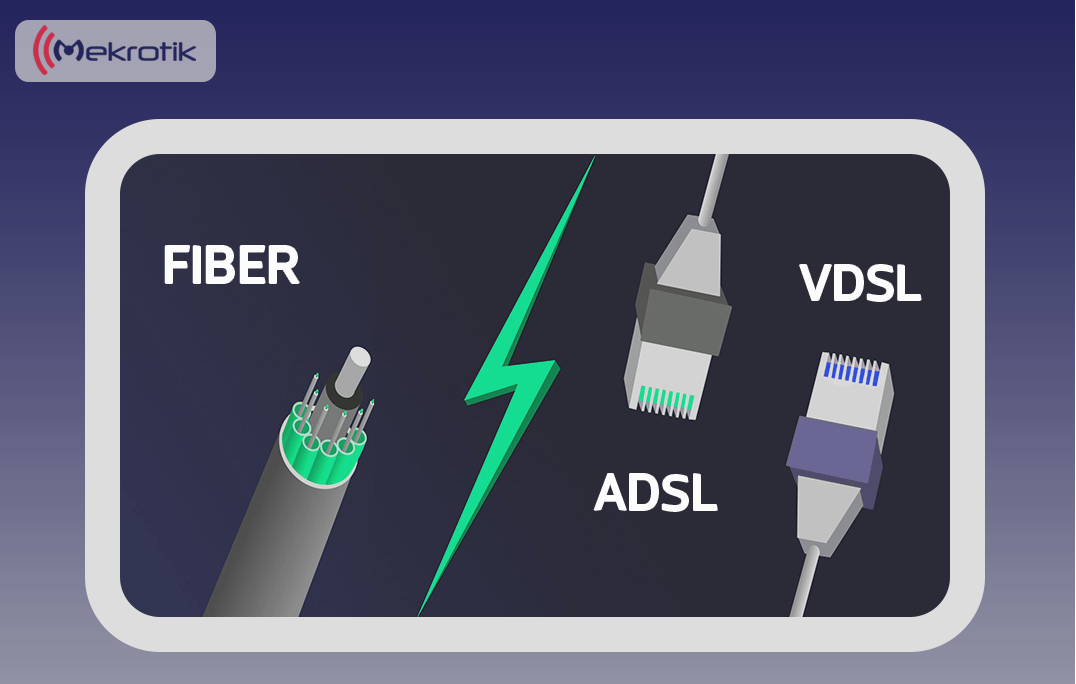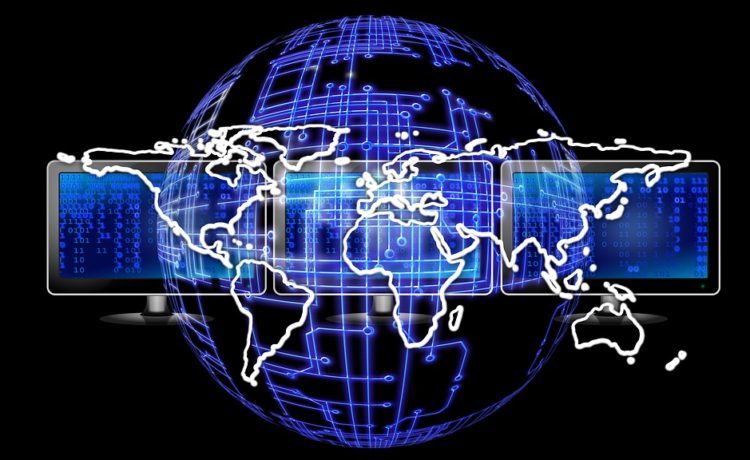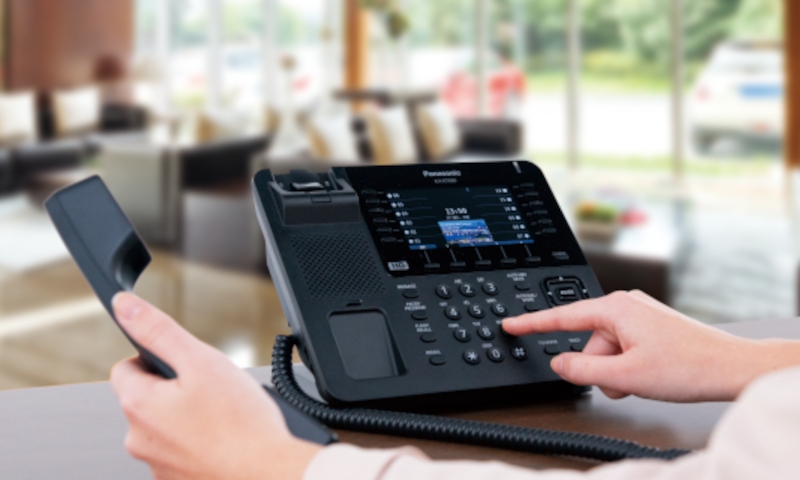What is the difference between ADSL, VDSL, and fiber optic internet lines?
ADSL, VDSL, and Fiber Optic Internet
All three are wired internet technologies, but they differ in how they transmit data. These technologies are cables that connect the internet line from the telephone exchange to your home. These cables can run underground for long distances, carrying information along the way. MekroTik company uses one of these technologies depending on the structure of each building.
ADSL
ADSL stands for "Asymmetric Digital Subscriber Line," and it is a common internet technology that transmits data over the copper wires found in the traditional telephone system. ADSL is known for having faster download speeds than upload speeds. This makes it ideal for activities like watching online videos and browsing the web.
In ADSL technology, the cable from the telephone exchange to the home is completely made of copper. The cable consists of copper wires from the point of exit of the line from the center to the main distribution box, then to the box that goes to your home, and finally to the extension inside the building to your home. This technology offers speeds up to 23 Mbps, but the actual speed does not exceed 16 Mbps. This technology is one of the oldest technologies that exist to this day and is widely used. MekroTik company offers this technology in some old buildings at speeds of 8 to 16 Mbps. This speed varies depending on the quality of the underground cables.
VDSL
VDSL stands for "Very-high-speed Digital Subscriber Line," and it is another internet technology that transmits data over copper wires in addition to some fiber optic cables. The cable from the telephone exchange to the home can be half fiber to the main distribution box and the other half from the main distribution box to the building is a copper cable. The end of the cable inside the building that connects to your home is also a copper wire. This technology is newer than the previous one and offers speeds up to 100 Mbps. However, the actual speed does not exceed 80 Mbps. This technology is also widely used. MekroTik company offers this technology in some buildings at speeds of 24 to 100 Mbps. This speed varies depending on the quality of the underground cables.
Fiber Optic
Fiber Optic stands for "Fiber Optics," and it is an internet technology that transmits data over thin fiber optic cables instead of copper wires. Data is transmitted using light. This technology is the newest technology available today and offers high speed, high quality, and stability. The cable from the telephone exchange to the home is a direct fiber optic cable. This technology offers fixed speeds up to 1000 Mbps. This technology is becoming more widespread over time with updates made to the infrastructure of telephone exchanges. This technology is the same technology that connects the internet between continents and countries via seas and land. MekroTik company offers this technology in some modern buildings at speeds of 24 Mbps to 1000 Mbps.



